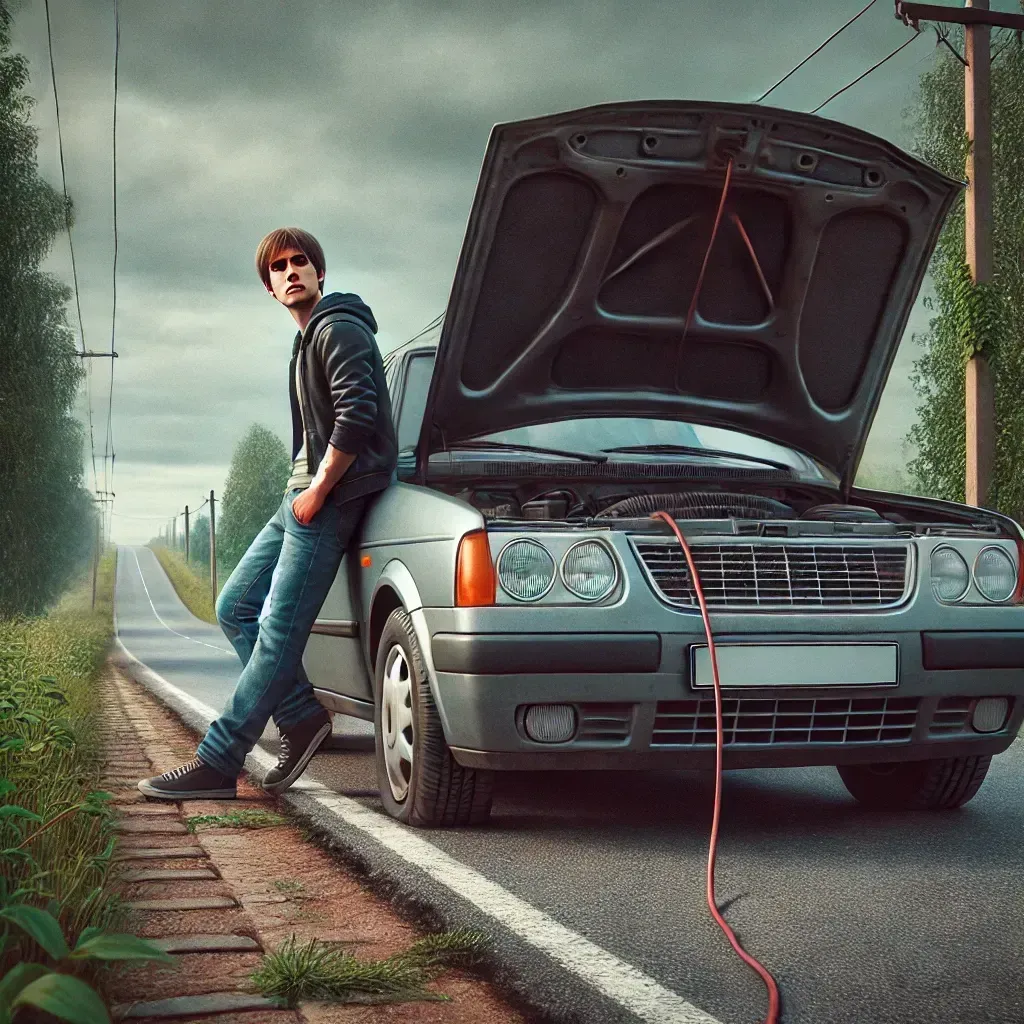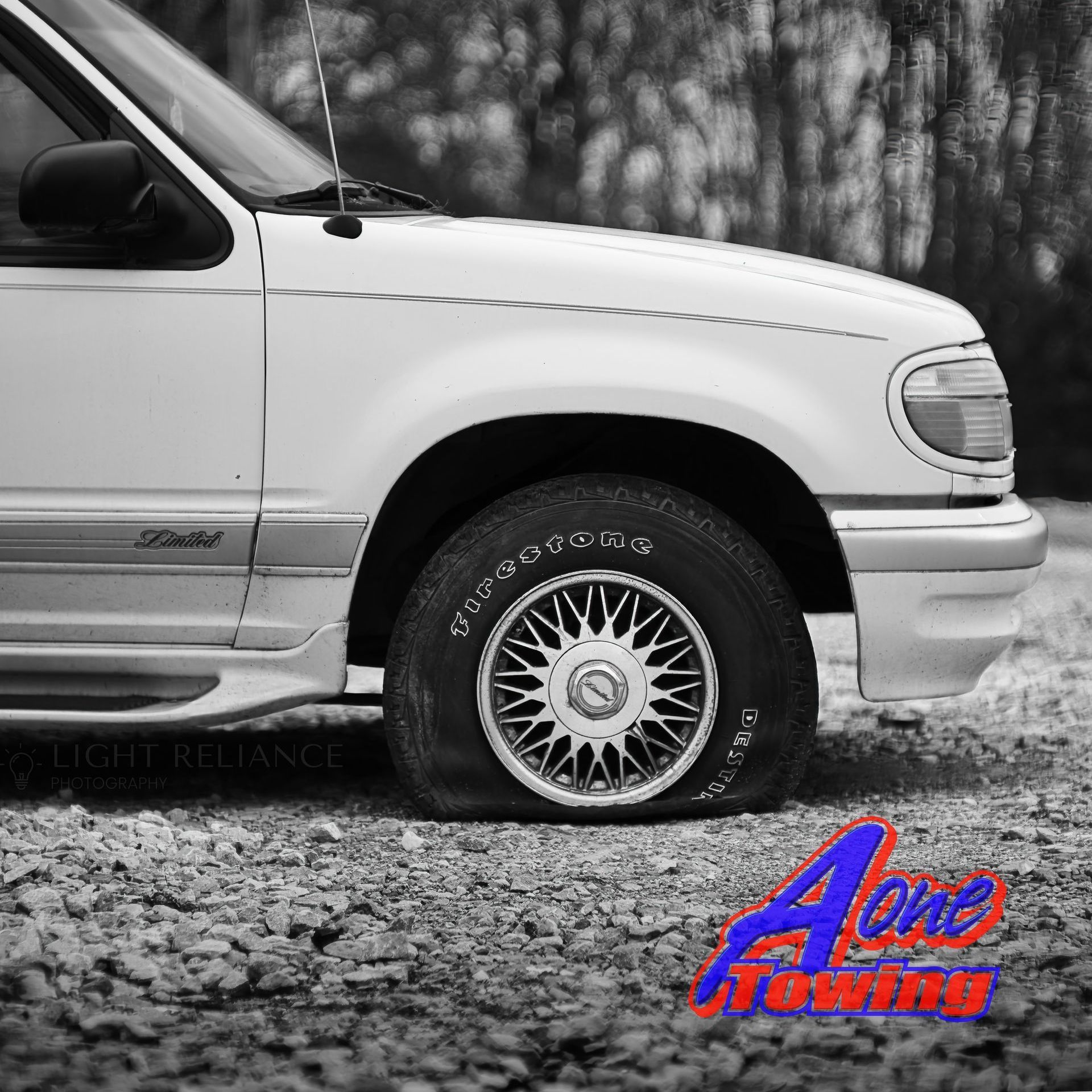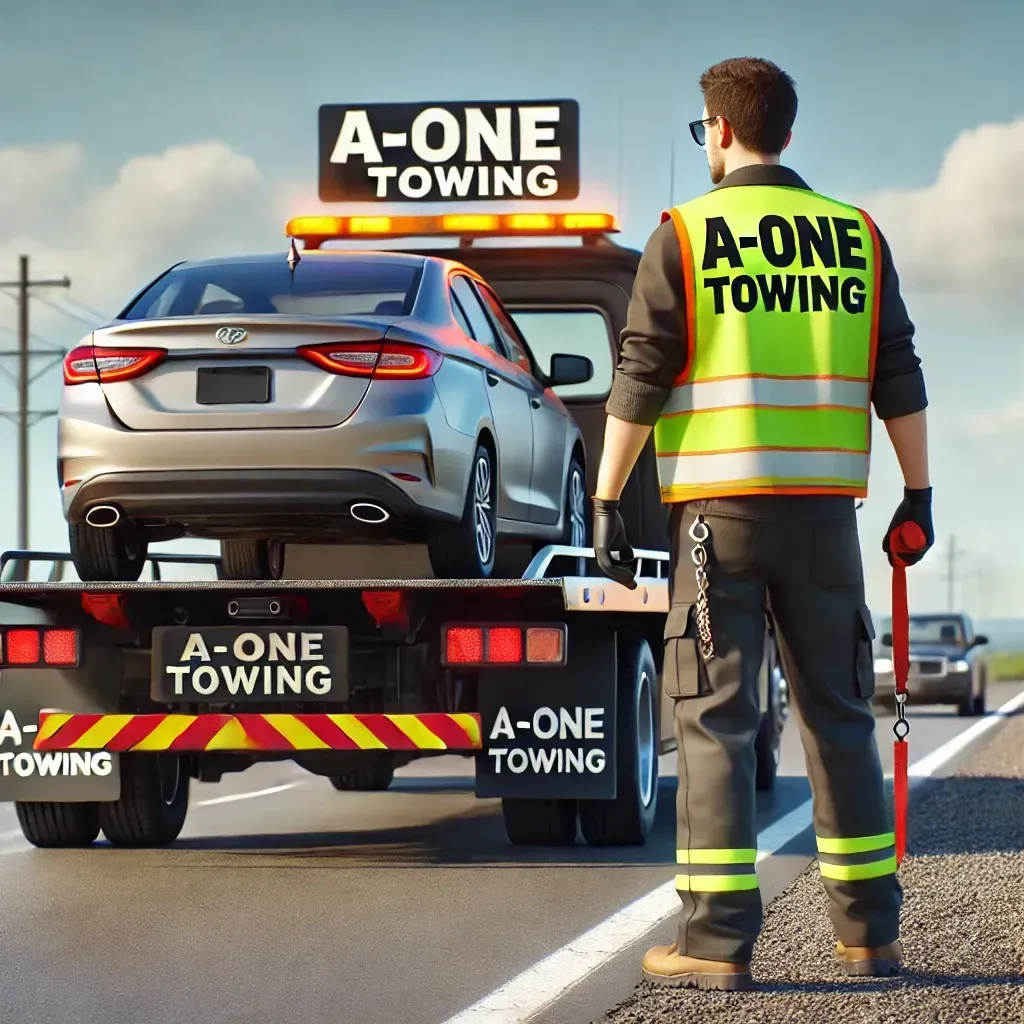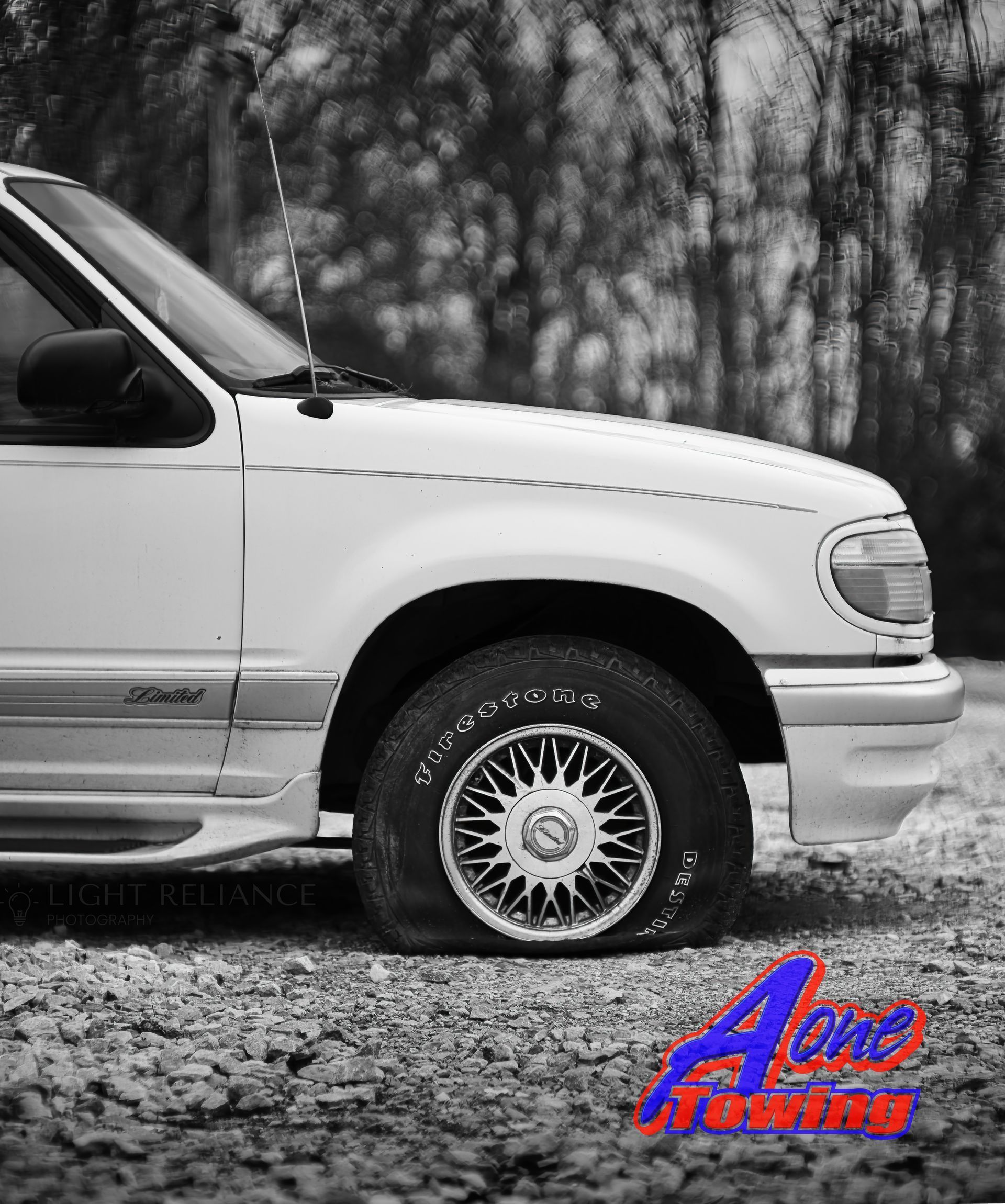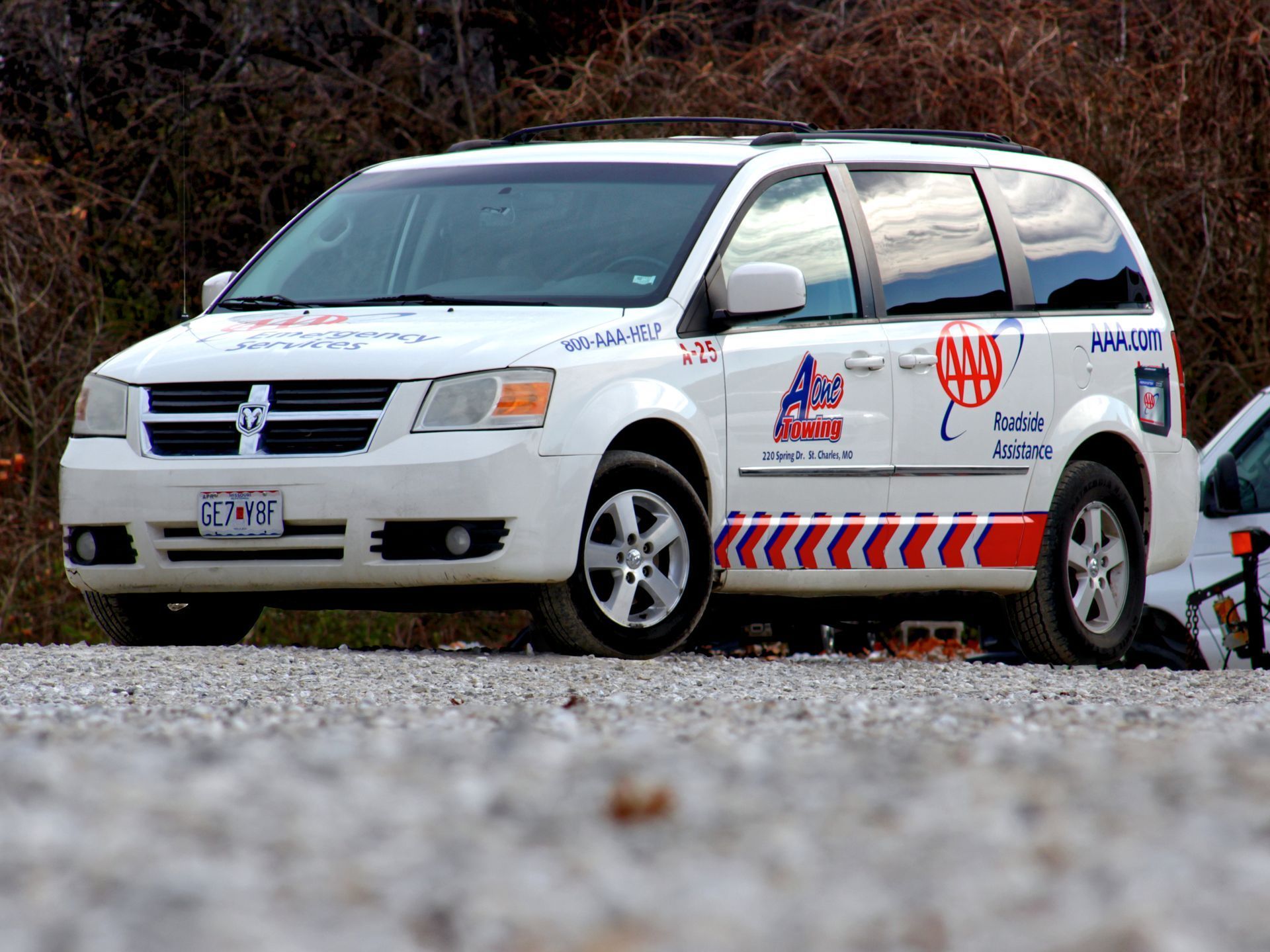How To Choose The Right Towing Service For Your Needs
How To Choose The Right Towing Service For Your Needs
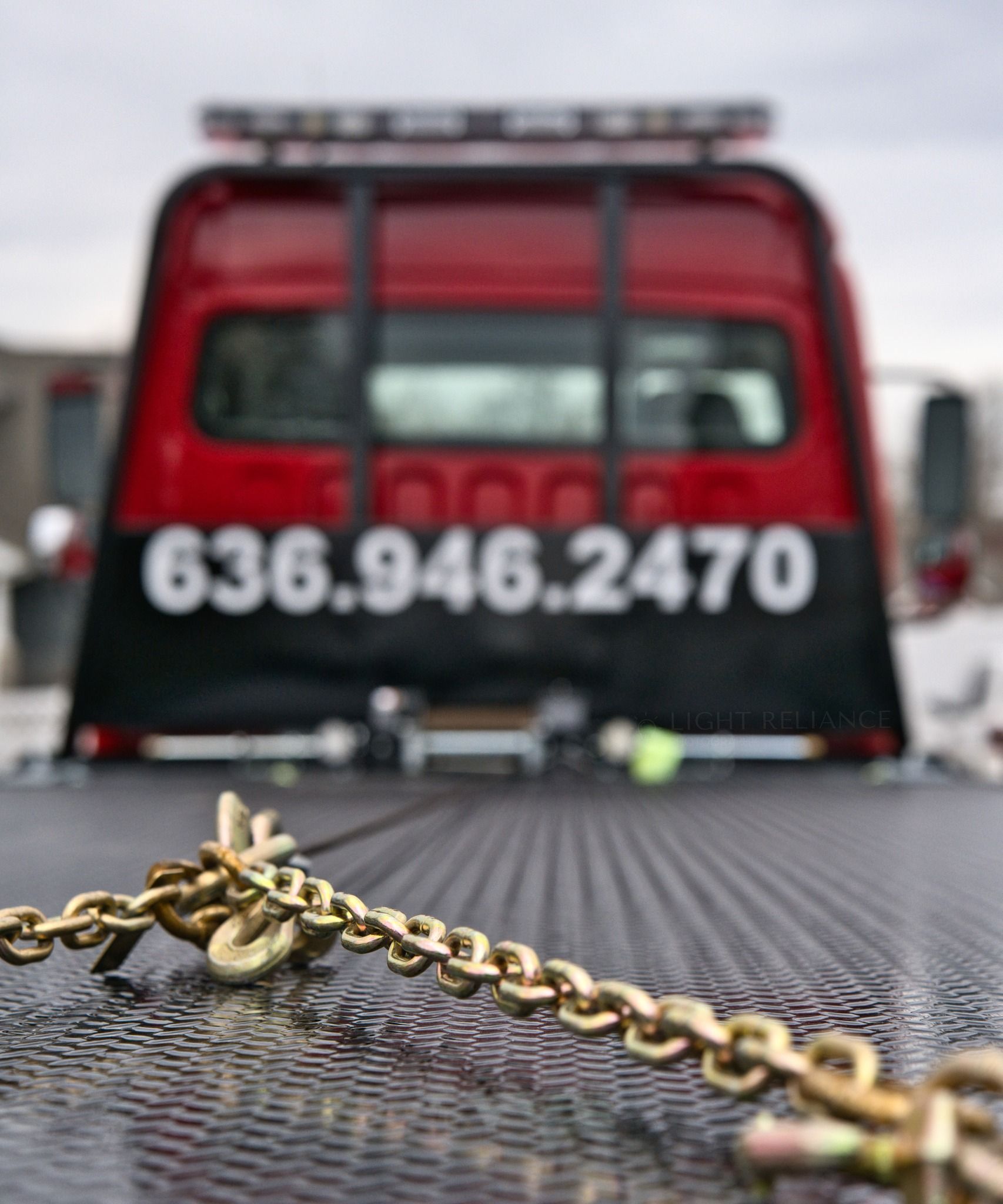
When faced with a vehicle breakdown or accident, selecting the right towing service is crucial for ensuring your safety and the proper handling of your vehicle. The first step in choosing a towing service is to assess your specific needs. Are you dealing with a simple breakdown that requires a standard tow, or is it a more complex situation such as an accident recovery? Different towing services specialize in various types of towing, from light-duty for smaller vehicles to heavy-duty for larger trucks and buses. Knowing the nature of your towing requirement will help you narrow down the options and select a service that has the appropriate equipment and expertise.
Next, consider the towing company's reputation and reliability. It's essential to choose a service that is known for its prompt and professional assistance. Look for companies with positive reviews and testimonials from past customers, which can often be found on their website or third-party review sites. Additionally, check if the towing service is licensed and insured, as this ensures they meet industry standards and can provide compensation in case of any damage during the towing process. A reputable company will also offer transparent pricing and clear communication, helping you avoid any unexpected charges or misunderstandings.
Lastly, evaluate the additional services and support the towing company offers. Some towing services provide roadside assistance, such as jump-starts, tire changes, or fuel delivery, which can be extremely beneficial in certain situations. It’s also worth considering the availability of the towing service; a 24/7 operation ensures that you can get help whenever you need it, regardless of the time or day. By taking these factors into account—specific needs, reputation, and additional support—you can choose a towing service that will provide reliable, efficient, and comprehensive assistance, giving you peace of mind during an otherwise stressful experience.
Recent Posts
